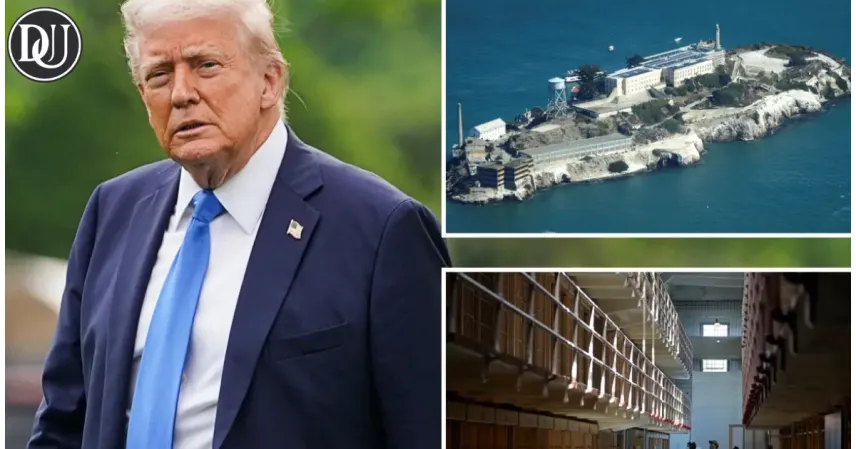On May 5, 2025, President Donald Trump announced plans to rebuild and reopen Alcatraz, the infamous federal prison located on an island in San Francisco Bay. In a post on his Truth Social platform, Trump directed the Bureau of Prisons, along with the Department of Justice, FBI, and Department of Homeland Security, to oversee the reconstruction and expansion of the prison. He emphasized the symbolic value of Alcatraz as a representation of law and order.
A Brief History of Alcatraz
Alcatraz Island, located approximately two kilometers off the coast of San Francisco, has a storied history. Originally named "La Isla de los Alcatraces" (Island of the Pelicans) by Spanish explorer Juan Manuel de Ayala in 1775, Alcatraz transitioned from a military fortification to a military prison, and eventually to a federal penitentiary in 1934. Its isolated location in the cold waters of San Francisco Bay made it an ideal site for detaining the most hardened criminals.
![]()
The prison operated from 1934 until its closure in 1963 due to high operational costs and deteriorating facilities. During its time in operation, Alcatraz housed several infamous criminals, including Al Capone, George "Machine Gun" Kelly, and Robert Stroud, the "Birdman of Alcatraz." Despite its reputation for being inescapable, there were 14 known escape attempts involving 36 inmates. Most were either captured or perished in the attempt. The most famous escape occurred in 1962 when Frank Morris and brothers John and Clarence Anglin vanished from their cells. They crafted dummy heads to fool guards and escaped through a tunnel they had dug. While their fate remains unknown, the FBI concluded they likely drowned in the bay.
The Reopening Proposal
President Trump's proposal to reopen Alcatraz has sparked controversy. Former House Speaker Nancy Pelosi criticized the plan, noting that Alcatraz is a designated National Historic Landmark and a major tourist attraction. She dismissed the proposal as "not a serious one.
![]()
Reopening Alcatraz would require significant investment to modernize the facility, which was originally closed due to high operational costs and deteriorating infrastructure. The prison was nearly three times more expensive to operate than other federal prisons at the time of its closure.
Legal and Political Challenges
This move aligns with Trump's broader agenda to implement stricter immigration and criminal justice policies. He has previously suggested using facilities like Guantanamo Bay and even foreign prisons to detain certain individuals, raising legal and ethical concerns.
![]()
As the administration moves forward with this plan, it faces logistical, legal, and political challenges, including the need to navigate the site's historic status and potential public opposition.










